
EssaysArt & Illustrations
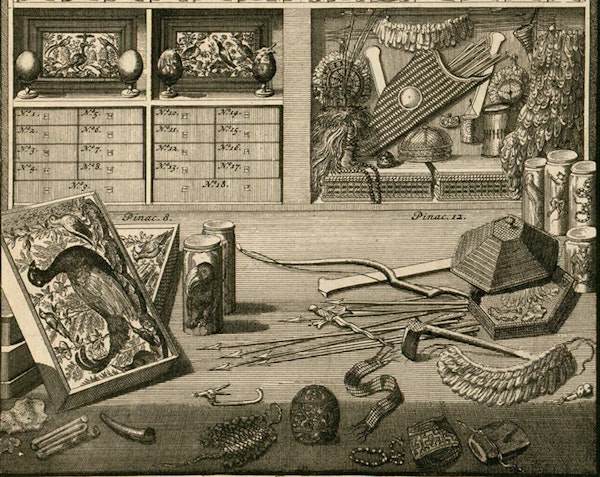
Redressing the Balance: Levinus Vincent’s Wonder Theatre of Nature
Bert van de Roemer explores the curiosity cabinet of the Dutch collector Levinus Vincent and how the aesthetic drive behind his meticulous ordering of the contents was in essence religious, an attempt to emphasise the wonder of God's creations by restoring the natural world to its prelapsarian harmony. more
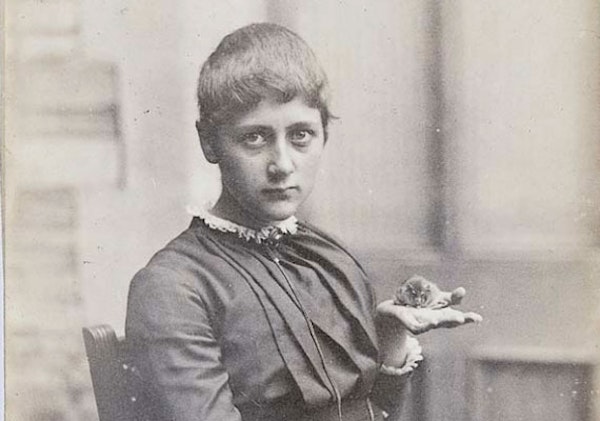
This year, the works of one of the most successful and universal writers of all time came into the public domain in many countries around the world. The Tale of Peter Rabbit, The Tale of Squirrel Nutkin, The Tale of Benjamin Bunny, The Tale of Jemima Puddle-Duck - in all, thirty-three books bearing the name “Beatrix Potter” have sold close to 200 million copies. Frank Delaney enquires into the more complex woman behind the safe and warm-hearted stories. more
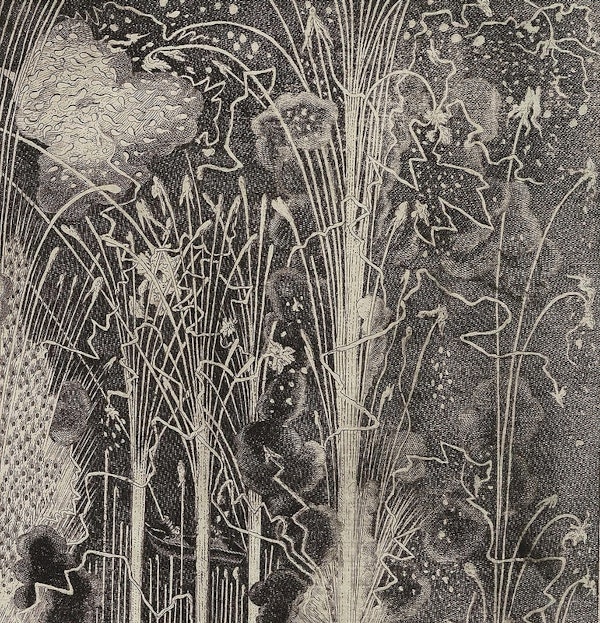
Simon Werrett explores how artists through the ages have responded to the challenge of representing firework displays, from the highly politicised and allegorical renderings of the early modern period to Whistler's impressionistic Nocturne in Black and Gold. more
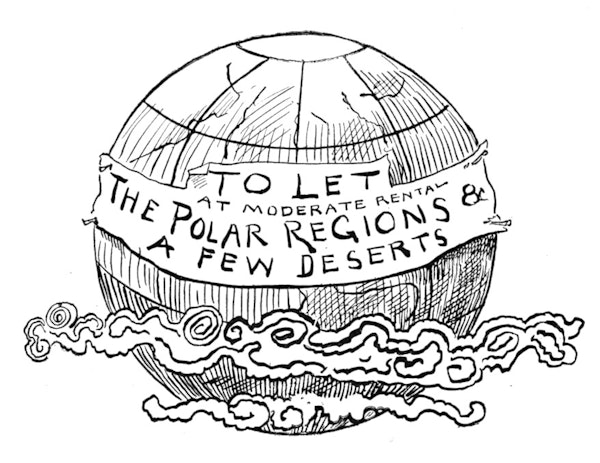
Moonblight and Six Feet of Romance: Dan Carter Beard’s Foray into Fiction
An esoteric disease which reveals things in their true light; three pairs of disembodied feet galavanting about the countryside - Abigail Walthausen explores the brief but strange literary career of Daniel Carter Beard, illustrator for Mark Twain and a founding father of the Boy Scouts of America. more
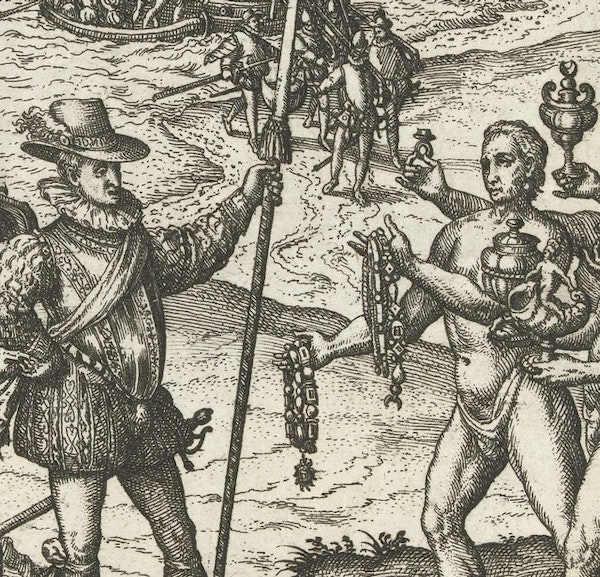
For many, the arrival of Christopher Columbus in the Americas is inextricably linked to a particular image: a small group of confident men on a tropical beach formally announcing their presence to the dumbfounded Amerindians. Michiel van Groesen explores the origins of this Eurocentric iconography and ascribes its persistence to the editorial strategy of the publisher who invented the initial design, a full century after Columbus' encounter. more
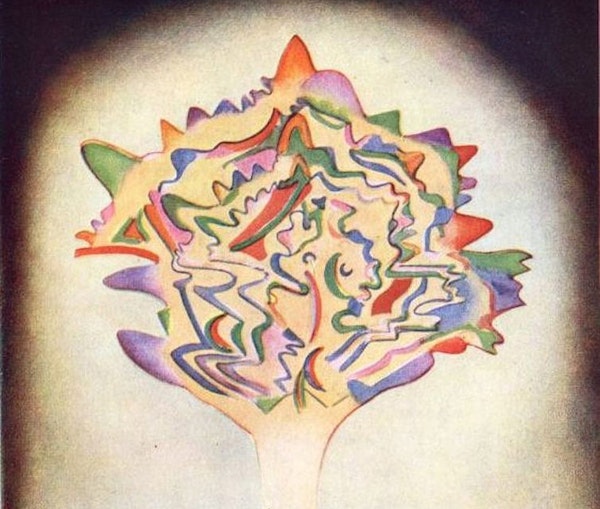
Victorian Occultism and the Art of Synesthesia
Grounded in the theory that ideas, emotions, and even events, can manifest as visible auras, Annie Besant and Charles Leadbeater’s Thought-Forms (1901) is an odd and intriguing work. Benjamin Breen explores these “synesthetic” abstractions and asks to what extent they, and the Victorian mysticism of which they were born, influenced the Modernist movement that flourished in the following decades. more
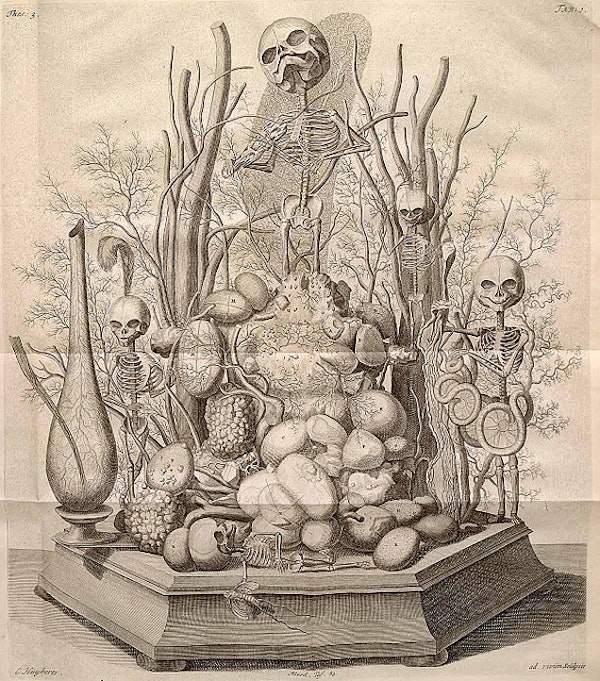
Frederik Ruysch: The Artist of Death
Luuc Kooijmans explores the work of Dutch anatomist Frederik Ruysch, known for his remarkable ‘still life’ displays which blurred the boundary between scientific preservation and vanitas art. more
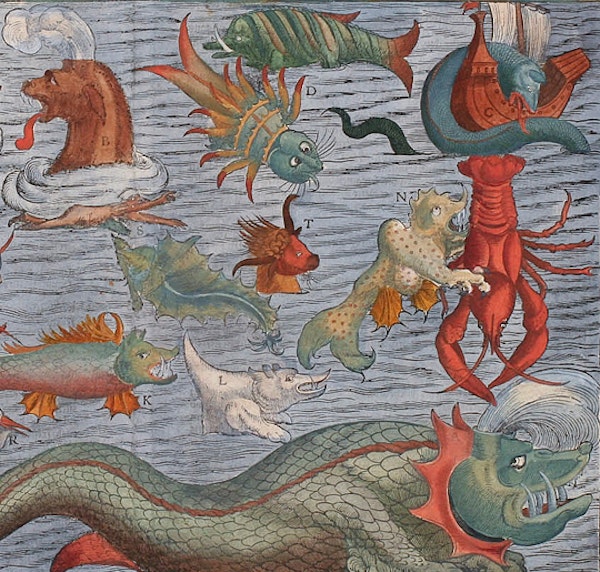
The terrifying Great Norway Serpent, or Sea Orm, is the most famous of the many influential sea monsters depicted and described by 16th-century ecclesiastic, cartographer, and historian Olaus Magnus. Joseph Nigg explores the iconic and literary legacy of the controversial serpent from its beginnings in the medieval imagination to modern cryptozoology. more
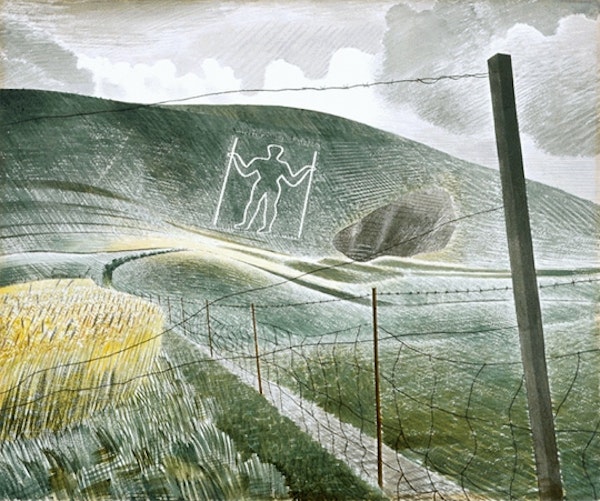
Time and Place: Eric Ravilious (1903-1942)
In many countries around the world the works of Eric Ravilious have come out of copyright this year – he died when his aircraft went missing off Iceland while he was making war paintings. An artist in multiple disciplines, his greater legacy dwells in water-colours. Frank Delaney re-visits the work of this understated, yet significant figure. more
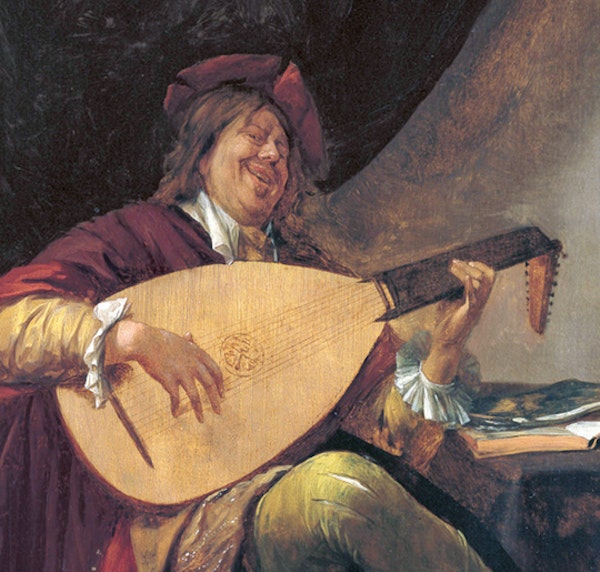
The Serious and the Smirk: The Smile in Portraiture
Why do we so seldom see people smiling in painted portraits? Nicholas Jeeves explores the history of the smile through the ages of portraiture, from Da Vinci's Mona Lisa to Alexander Gardner's photographs of Abraham Lincoln. more
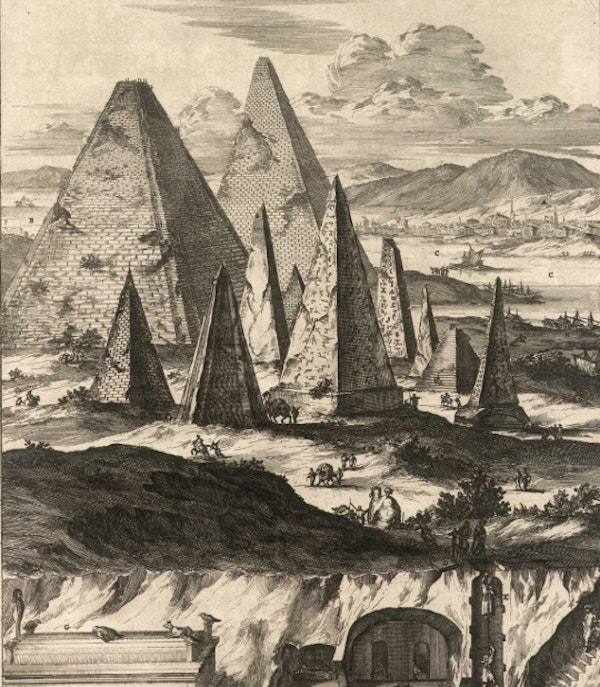
Athanasius Kircher and the Hieroglyphic Sphinx
More than 170 years before Jean-François Champollion had the first real success in translating Egyptian hieroglyphs, the 17th century Jesuit scholar Athanasius Kircher was convinced he had cracked it. He was very wrong. Daniel Stolzenberg looks at Kircher's Egyptian Oedipus, a book that has been called “one of the most learned monstrosities of all times.” more
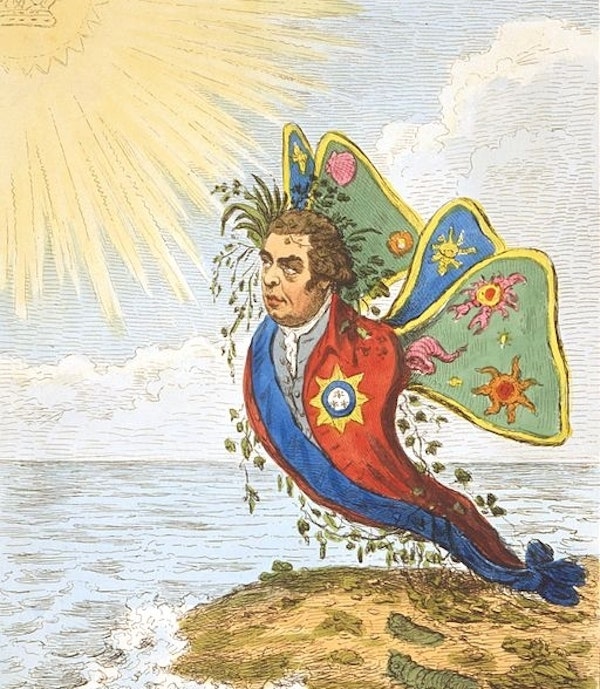
Joseph Banks: Portraits of a Placid Elephant
Patricia Fara traces the changing iconography of Joseph Banks, the English botanist who travelled on Captain Cook's first great voyage and went on to become President of the Royal Society and important patron for a whole host of significant developments in the natural sciences. more
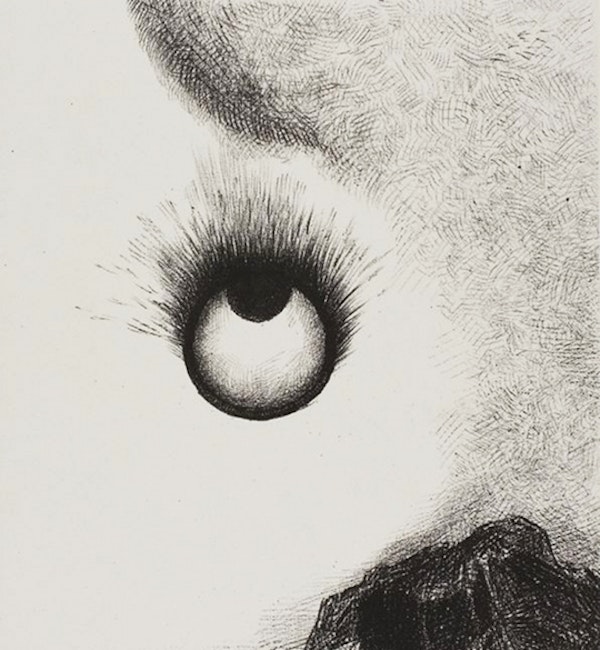
The Redemption of Saint Anthony
Gustave Flaubert, best known for his masterpiece Madame Bovary, spent nearly thirty years working on a surreal and largely 'unreadable' retelling of the temptation of Saint Anthony. Colin Dickey explores how it was only in the dark and compelling illustrations of Odilon Redon, made years later, that Flaubert's strangest work finally came to life. more
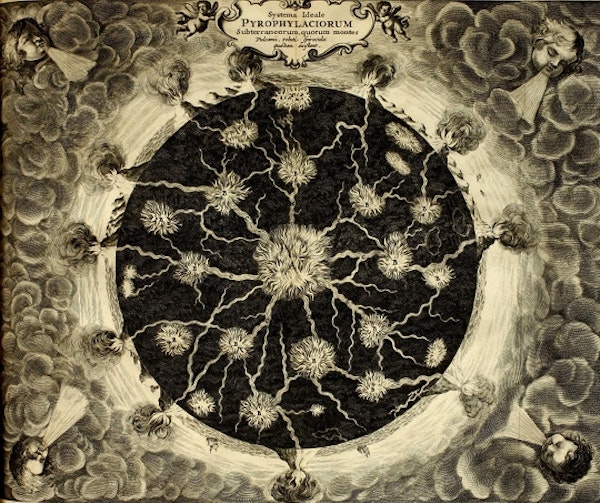
With his enormous range of scholarly pursuits the 17th-century polymath Athanasius Kircher has been hailed as the last Renaissance man and "the master of hundred arts". John Glassie looks at one of Kircher's great masterworks Mundus Subterraneus and how it was inspired by a subterranean adventure Kircher himself made into the bowl of Vesuvius. more
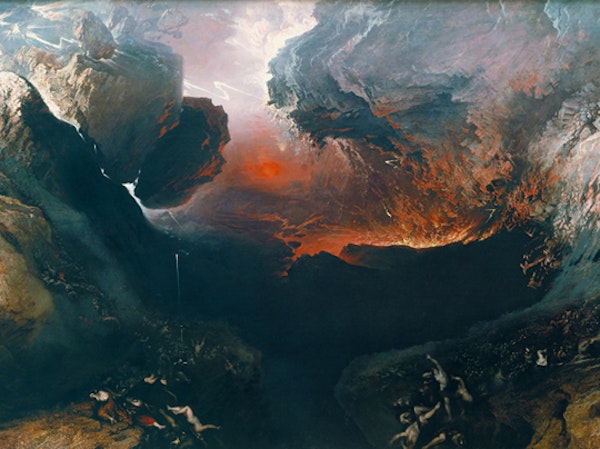
John Martin and the Theatre of Subversion
Max Adams, author of The Prometheans, looks at the art of John Martin and how in his epic landscapes of apocalyptic scale one can see reflected his revolutionary leanings. more
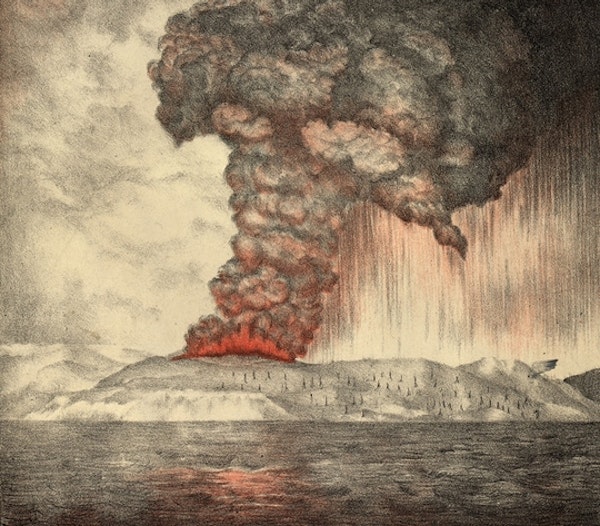
When a volcano erupted on a small island in Indonesia in 1883, the evening skies of the world glowed for months with strange colours. Richard Hamblyn explores a little-known series of letters that the poet Gerard Manley Hopkins sent in to the journal Nature describing the phenomenon - letters that would constitute the majority of the small handful of writings published while he was alive. more
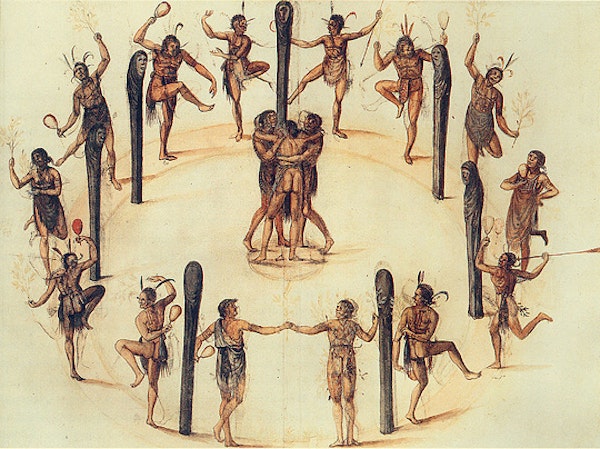
In 1585 the Englishman John White, governor of one of the very first North American colonies, made a series of exquisite watercolour sketches of the native Algonkin people alongside whom the settlers would try to live. Benjamin Breen explores the significance of the sketches and their link to the mystery of what became known as the "Lost Colony". more
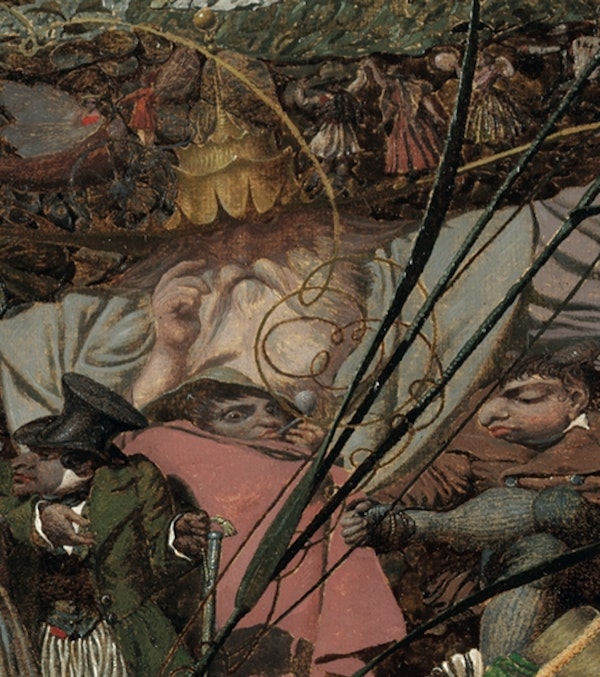
Nicholas Tromans, author of Richard Dadd: The Artist and the Asylum, takes a look at Dadd's most famous painting The Fairy Feller’s Master-Stroke. more
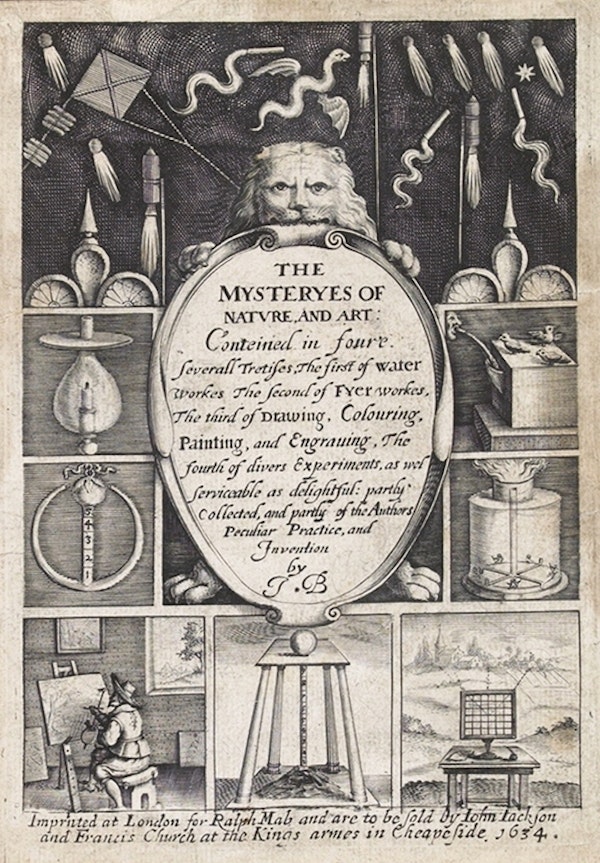
The Mysteries of Nature and Art
Julie Gardham, Senior Assistant Librarian at University of Glasgow's Special Collections Department, takes a look at the book that was said to have spurred a young Isaac Newton onto the scientific path, The Mysteries of Nature and Art by John Bate. more
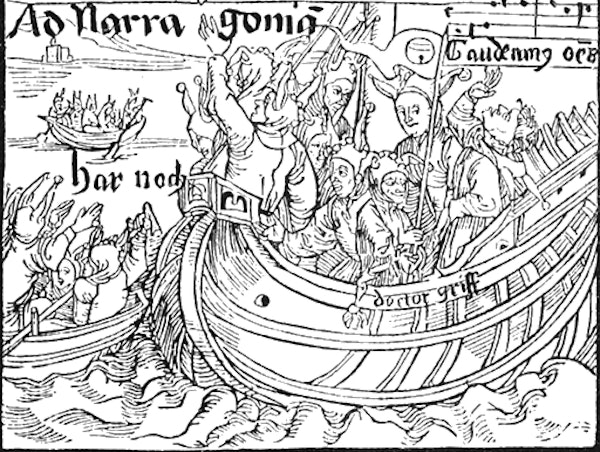
Navigating Dürer’s Woodcuts for The Ship of Fools
At the start of his career, as a young man in his twenties, Albrecht Dürer created a series of woodcuts to illustrate Sebastian Brant's The Ship of Fools of 1494. Dürer scholar Rangsook Yoon explores the significance of these early pieces and how in their subtlety of allegory they show promise of his masterpieces to come. more
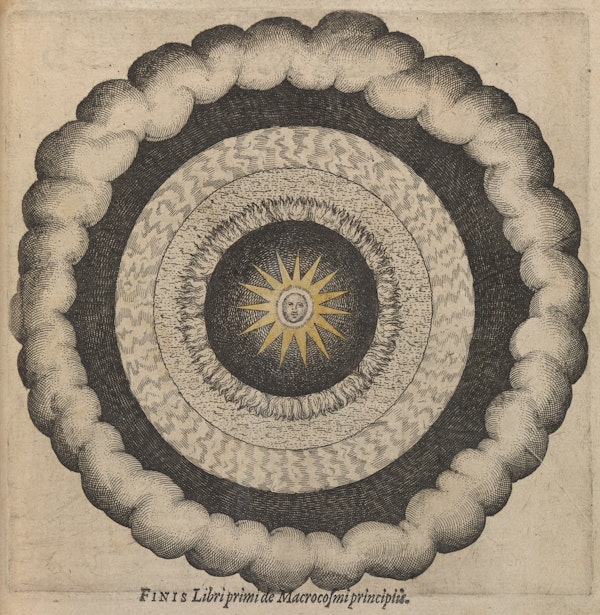
Robert Fludd and His Images of The Divine
Between 1617 and 1621 the English physician and polymath Robert Fludd published his masterpiece Utriusque Cosmi . . . Historia, a two-volume work packed with over sixty intricate engravings. Urszula Szulakowska looks at the philosophical and theological ideas behind the extraordinary images found in the first volume, an exploration of the macrocosm of the universe and spiritual realm. more
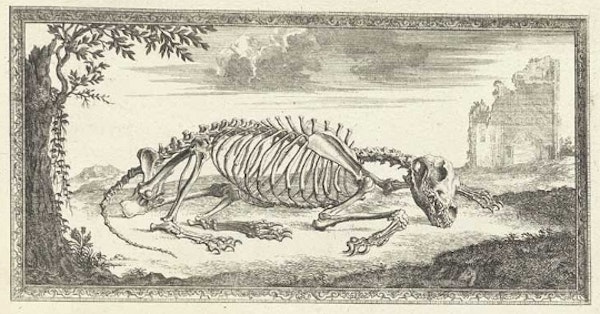
Accuracy and Elegance in Cheselden’s Osteographia (1733)
With its novel vignettes and its use of a camera obscura in the production of the plates, William Cheselden’s Osteographia, is recognized as a landmark in the history of anatomical illustration. Monique Kornell looks at its unique blend of accuracy and elegance. more
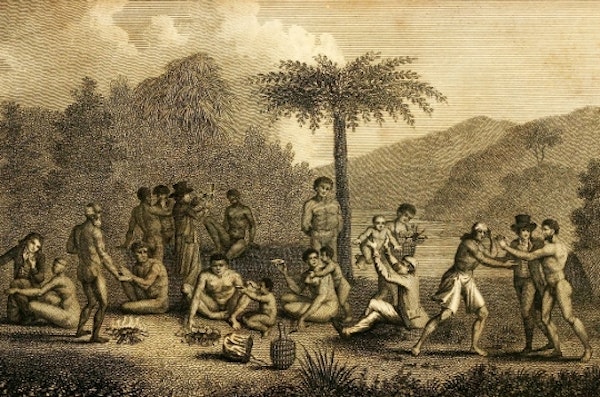
Labillardière and his Relation
When the French explorer Lapérouse went missing, a search voyage was put together to retrace his course around the islands of Australasia. On the mission was the naturalist Jacques Labillardière who published a book in 1800 of his experiences. Edward Duyker, author of Citizen Labillardière: A Naturalist’s Life in Revolution and Exploration (1755-1834), explores the impact of his pioneering work. more
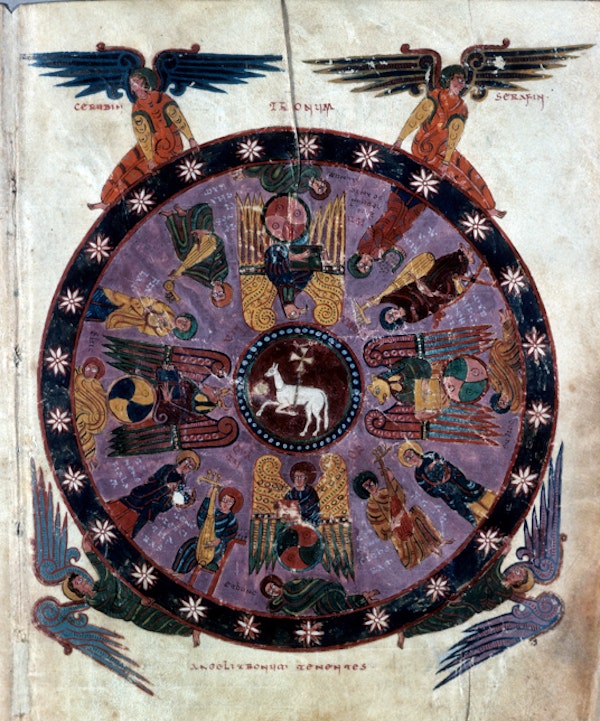
In a monastery in the mountains of northern Spain, 700 years after the Book of Revelations was written, a monk set down to illustrate a collection of writings he had compiled about this most vivid and apocalyptic of the New Testament books. Throughout the next few centuries his depictions of multi-headed beasts, decapitated sinners, and trumpet blowing angels, would be copied over and over again in various versions of the manuscript. John Williams, author of The Illustrated Beatus, introduces Beatus of Liébana and his Commentary on the Apocalypse. more





